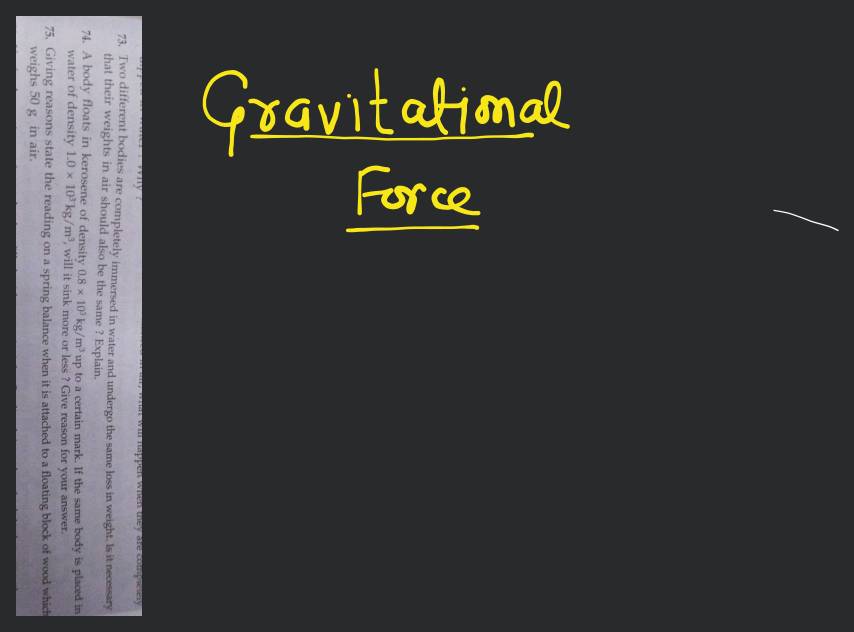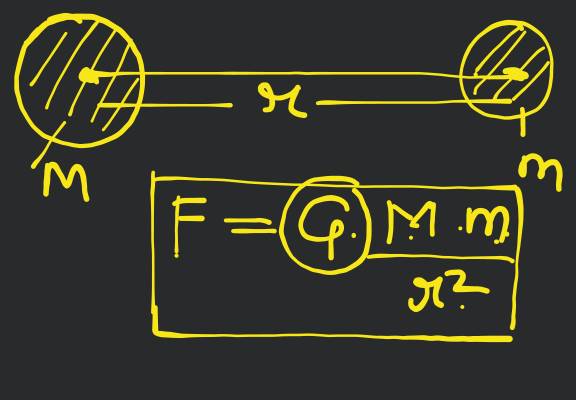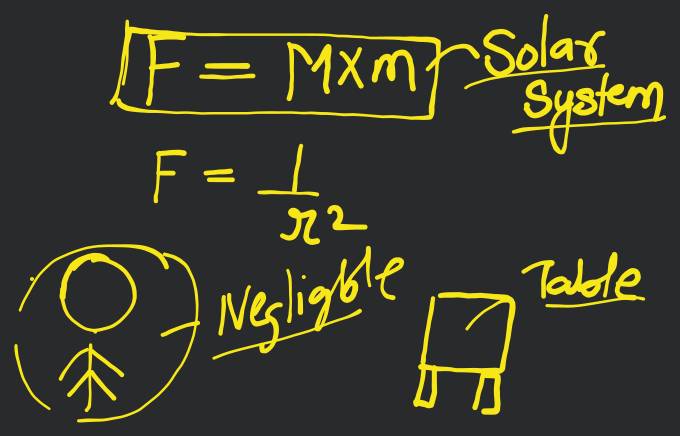Question
Question 73: Two different bodies are completely immersed in water and undergo the same loss in weight. Is it necessary that their weights in air should also be the same? Explain.
Found 5 tutors discussing this question
Discuss this question LIVE
8 mins ago
 Text solution
Text solution Verified
Verified
Answer:
No, it is not necessary that their weights in air should also be the same. This is because the two bodies have undergone the same amount of loss in weight on completely immersing them in water due to their equal volumes and not because of their weights, so they may have different weights in air.
Was this solution helpful?
33
Share
Report

One destination to cover all your homework and assignment needs
Learn Practice Revision Succeed

Instant 1:1 help, 24x7
60, 000+ Expert tutors

Textbook solutions
Big idea maths, McGraw-Hill Education etc

Essay review
Get expert feedback on your essay

Schedule classes
High dosage tutoring from Dedicated 3 experts
Practice more questions from Physics (Lakhmir Singh)
Q1
Question 72:
If two equal weights of unequal volumes are balanced in air, what will happen when they are completely dipped in water? Why?
Q2
Question 73:
Two different bodies are completely immersed in water and undergo the same loss in weight. Is it necessary that their weights in air should also be the same? Explain.
Q3
Question 75:
Giving reason state the reading on a spring balance when it is attached to a floating block of wood which weighs 50 g in air.
View allPractice questions from Physics (Lakhmir Singh)
Question 1
Views: 6,098
(a) A falling stone also attracts the earth.
(b) The force of gravitation between two objects depends on the nature of medium between them.
(c) The value of G on the moon is about one-sixth of the value of G on the earth.
(d) The acceleration due to gravity acting on a freely falling body is directly proportional to the mass of the body.
(e) The weight of an object on the earth is about one-sixth of its weight on the moon.
Question 2
Views: 6,081
Question 4
Views: 6,313
(a) The buoyant force depends on the nature of object immersed in the liquid.
(b) Archimedes' principle can also be applied to gases.
Practice more questions from Gravitation
Question 1
Views: 5,184
Practice questions on similar concepts asked by Filo students
Question 1
Views: 5,669
Question 2
Views: 5,407
Question 3
Views: 5,677
Question 4
Views: 6,132


Stuck on the question or explanation?
Connect with our Science tutors online and get step by step solution of this question.
231 students are taking LIVE classes
| Question Text | Question 73:
Two different bodies are completely immersed in water and undergo the same loss in weight. Is it necessary that their weights in air should also be the same? Explain. |
| Updated On | Feb 7, 2023 |
| Topic | Gravitation |
| Subject | Science |
| Class | Class 9 |
| Answer Type | Text solution:1 Video solution: 1 |
| Upvotes | 123 |
| Avg. Video Duration | 9 min |







